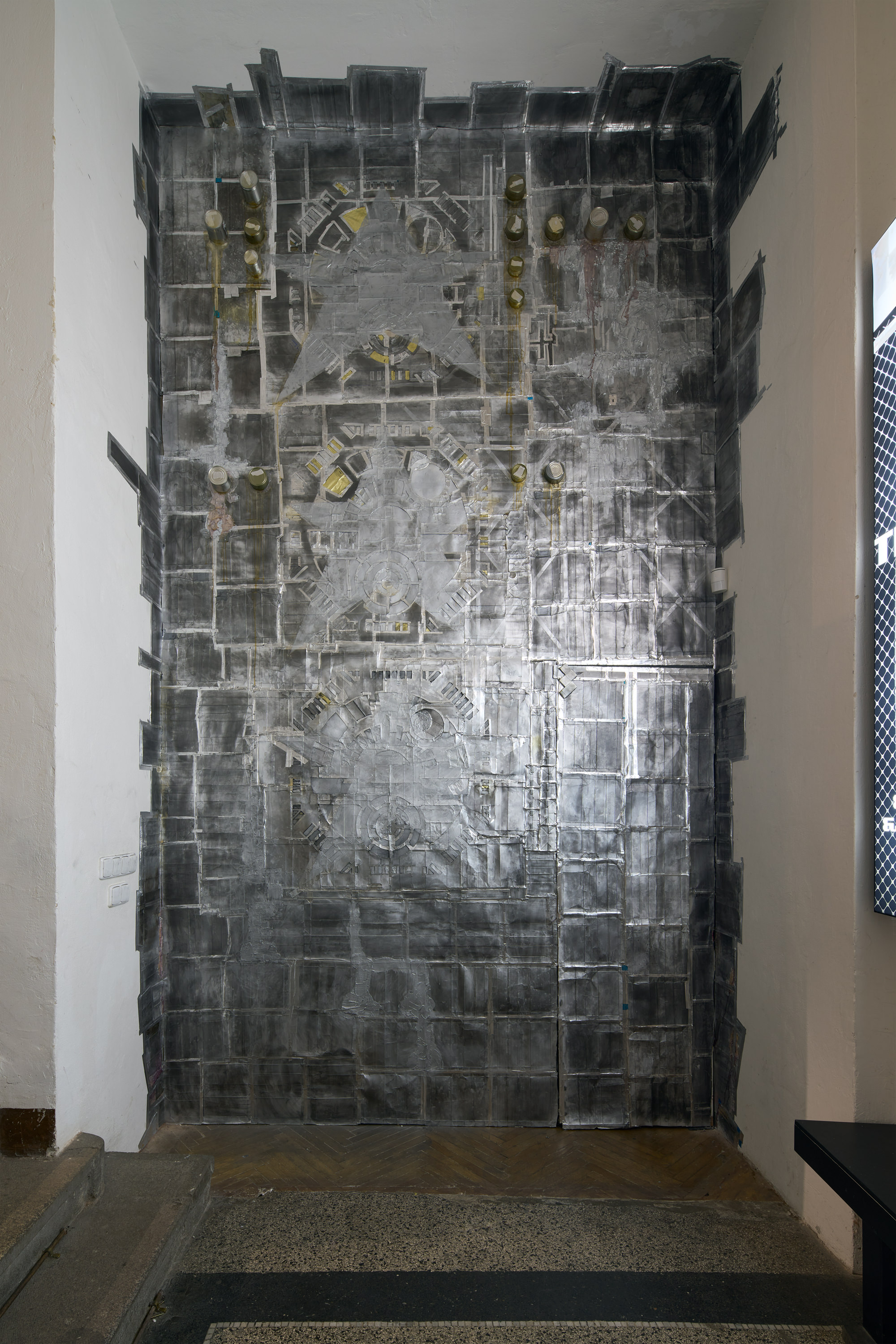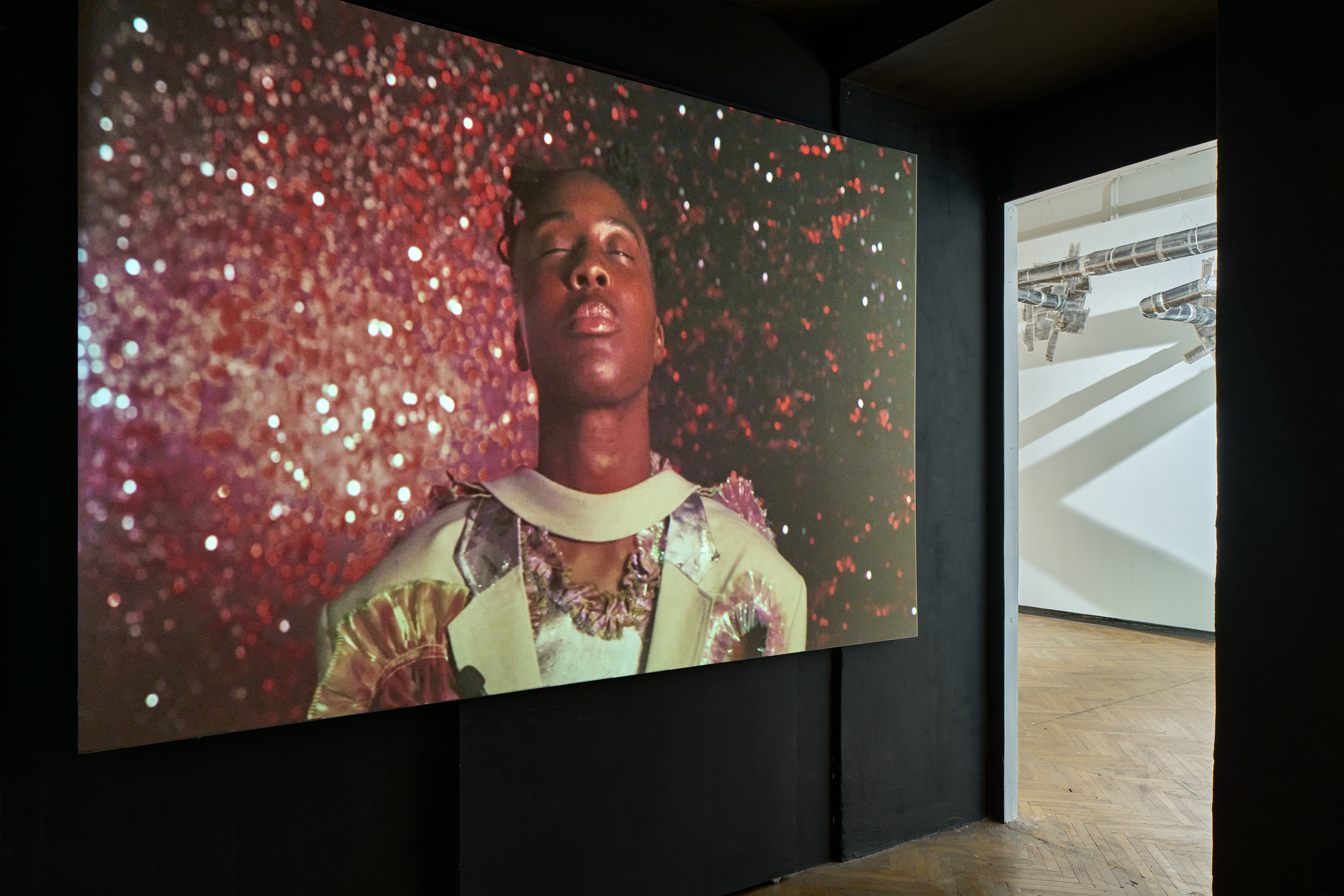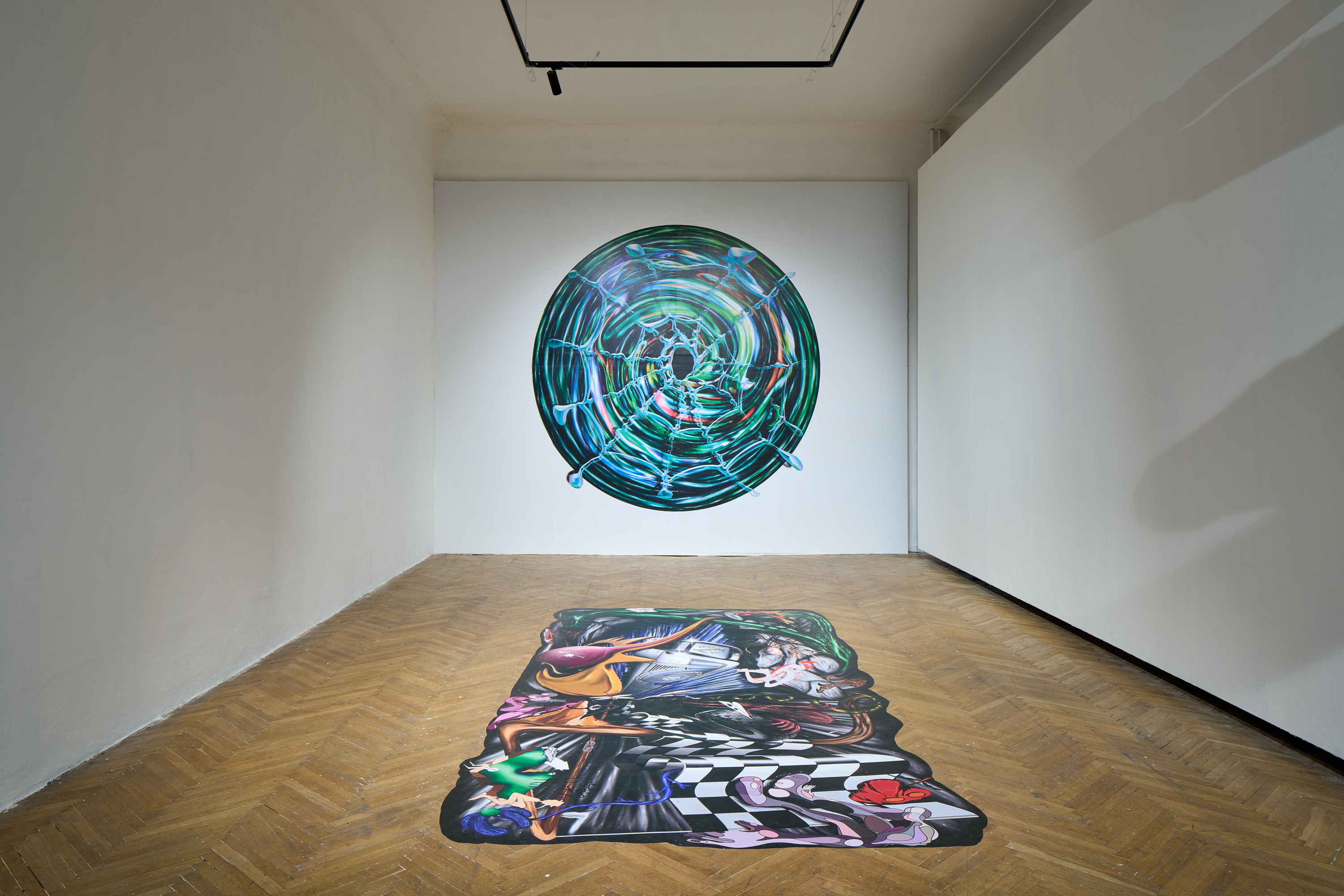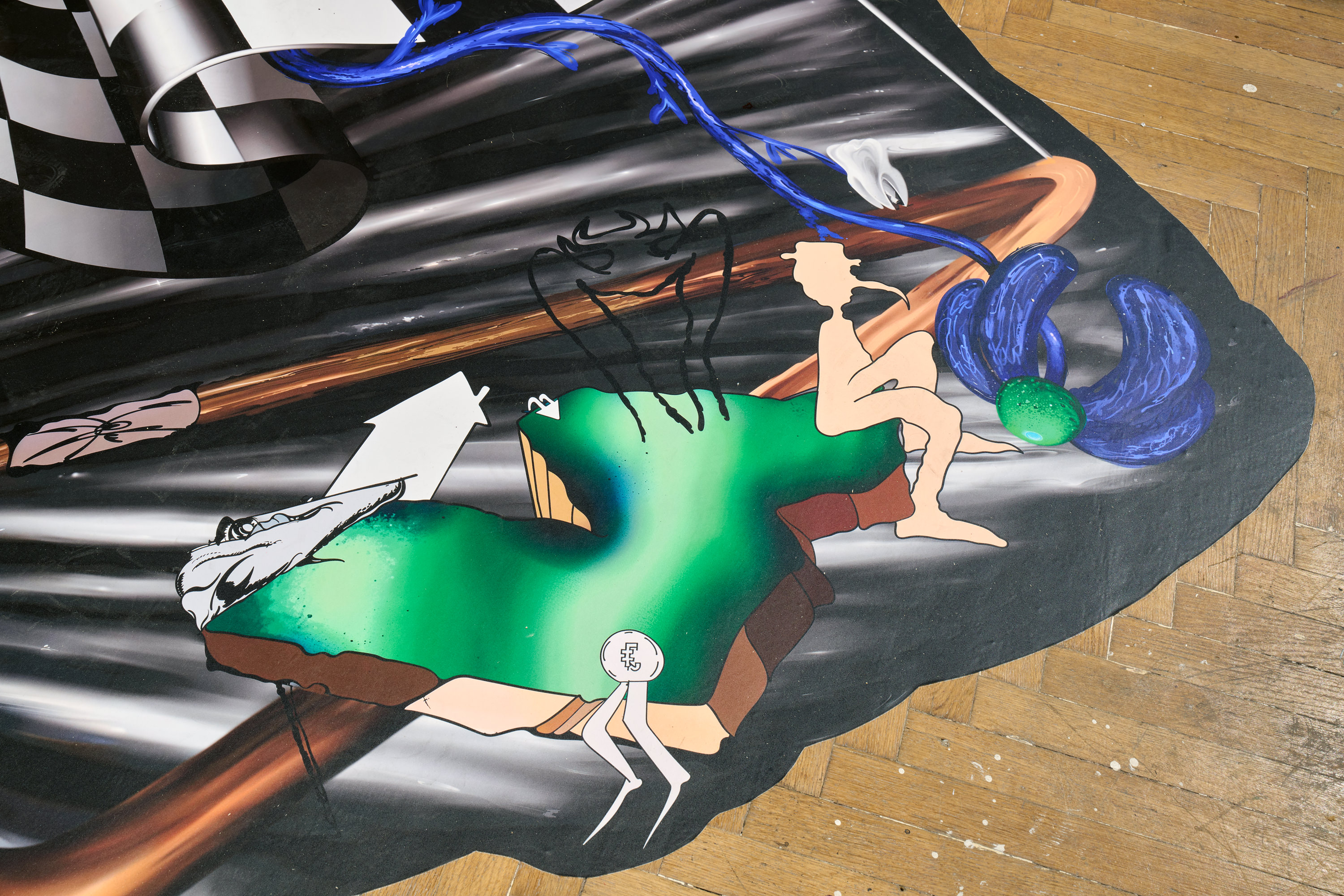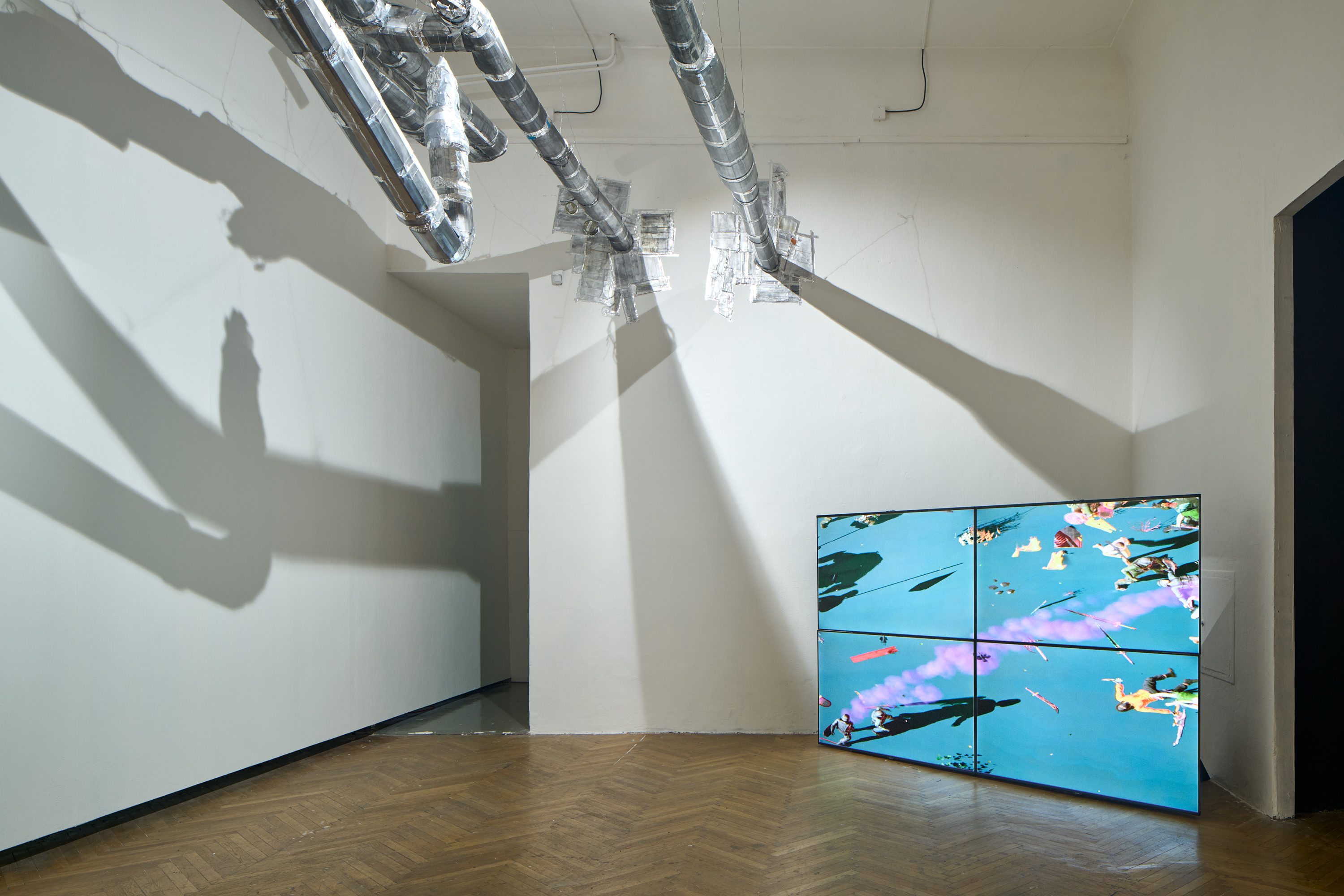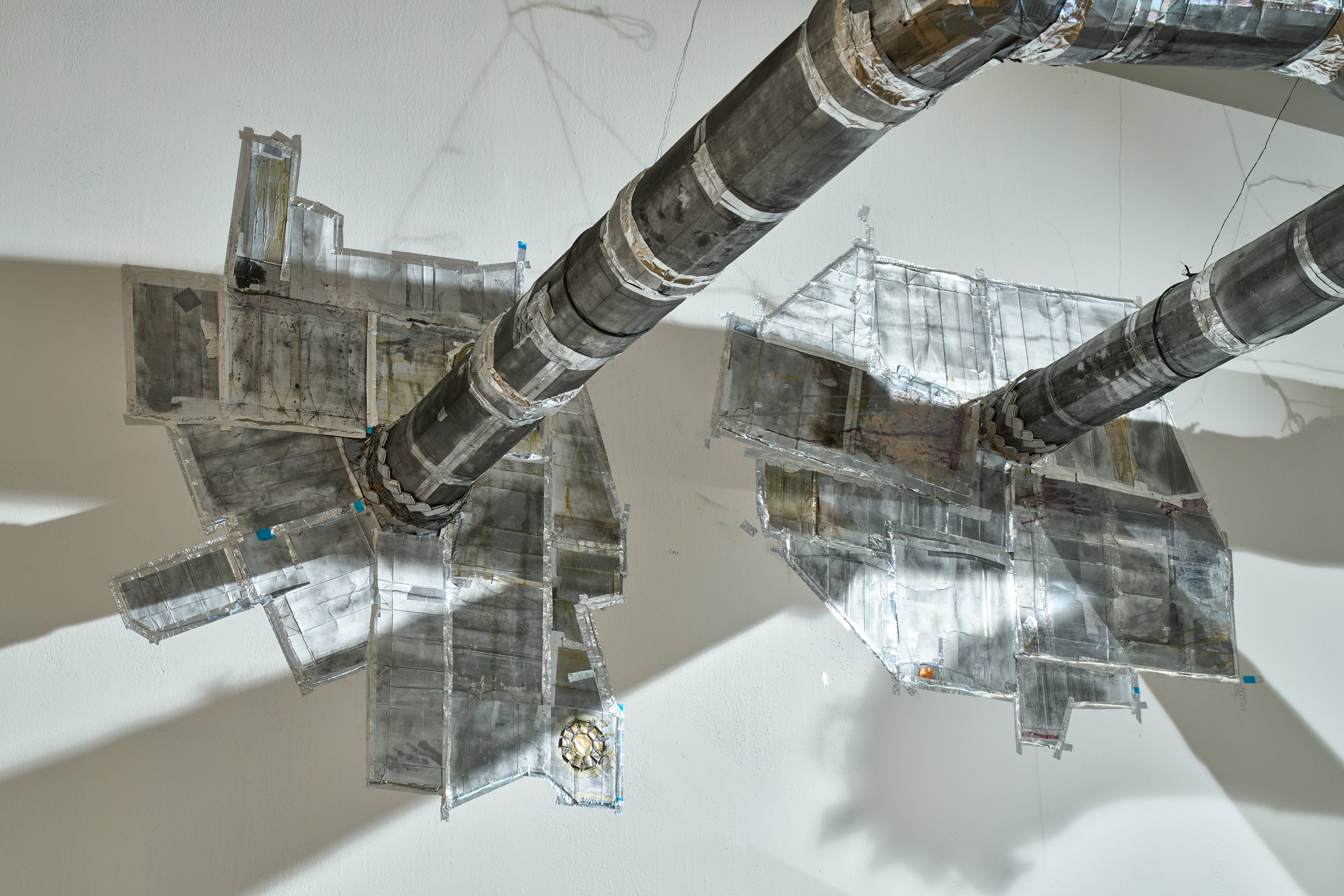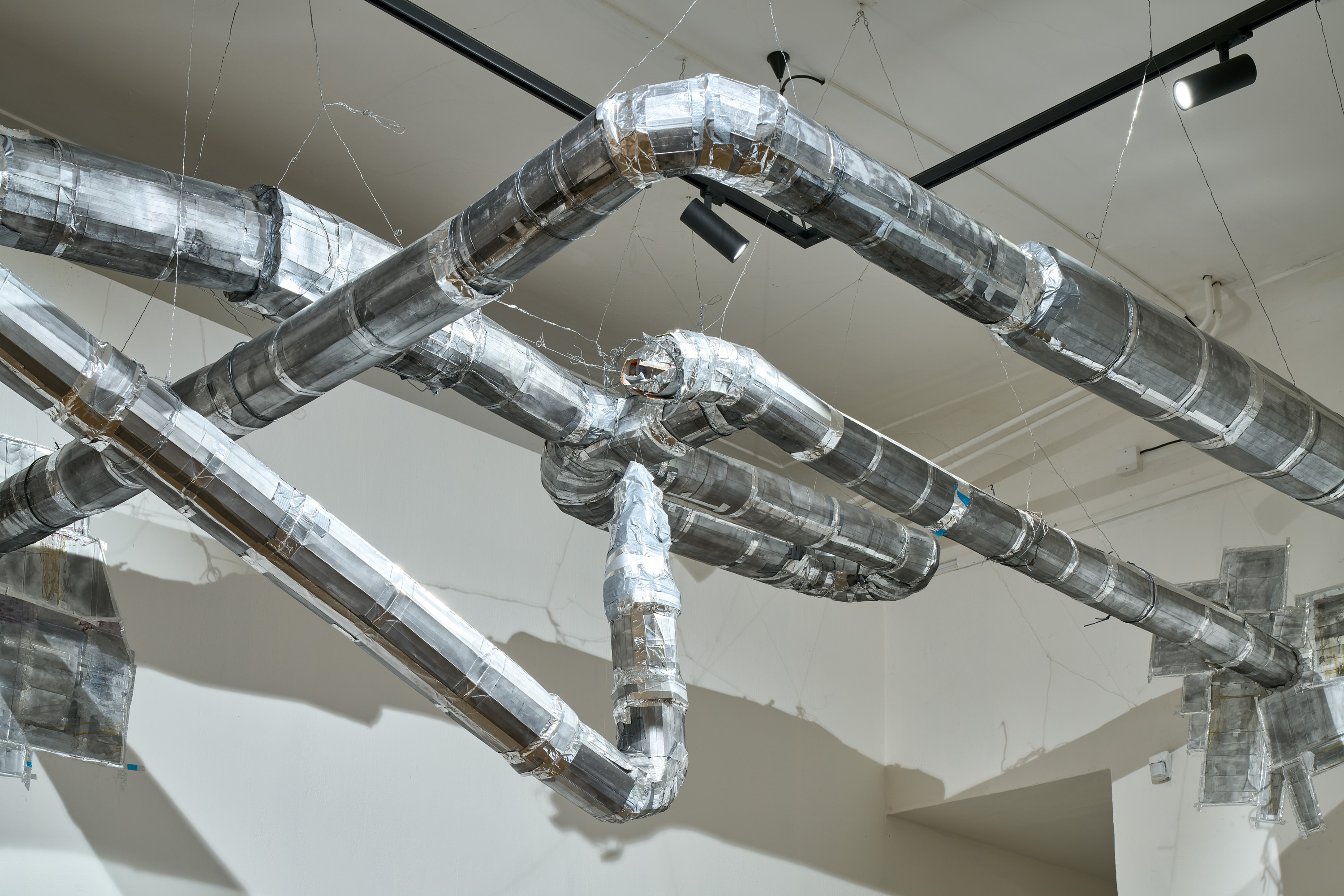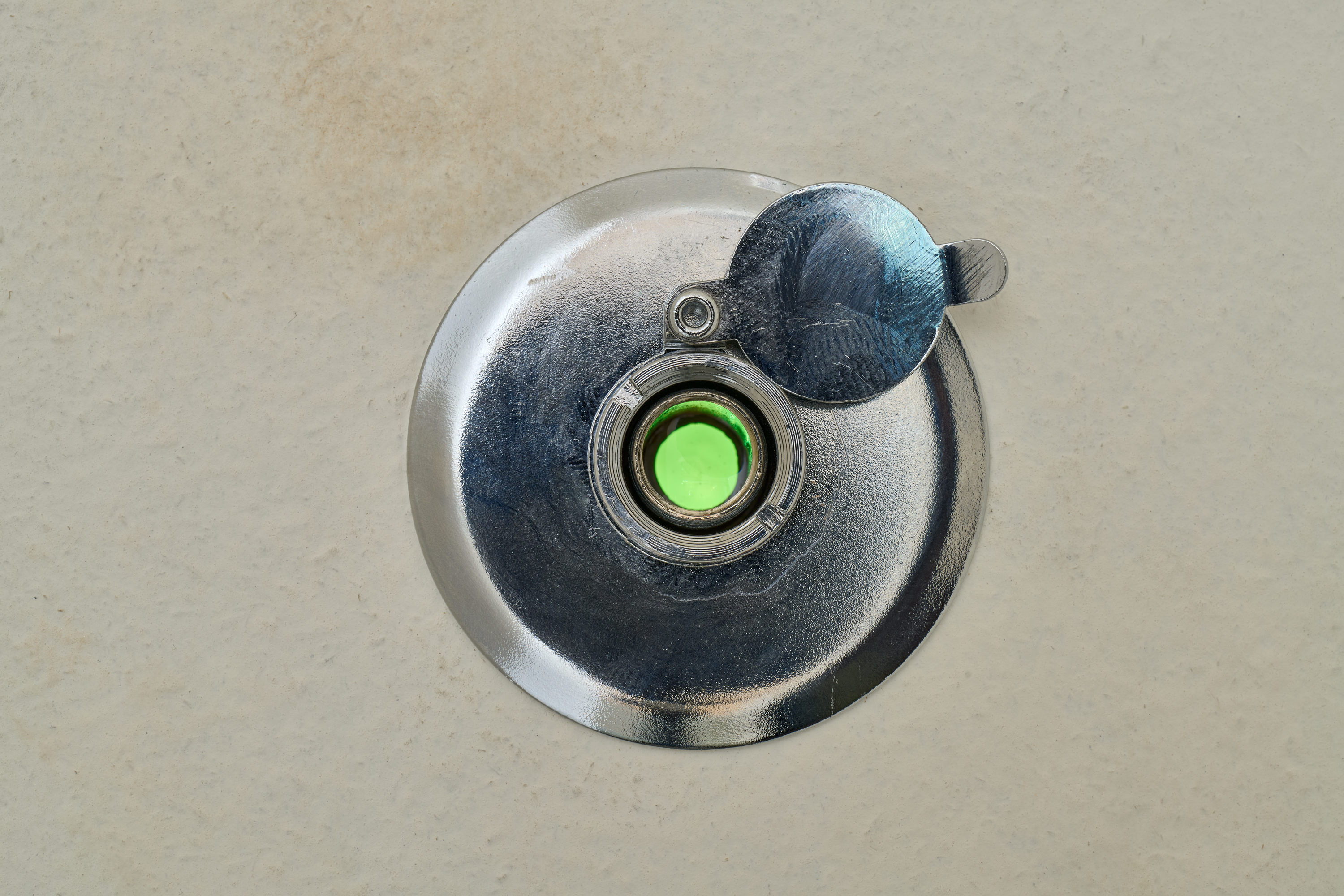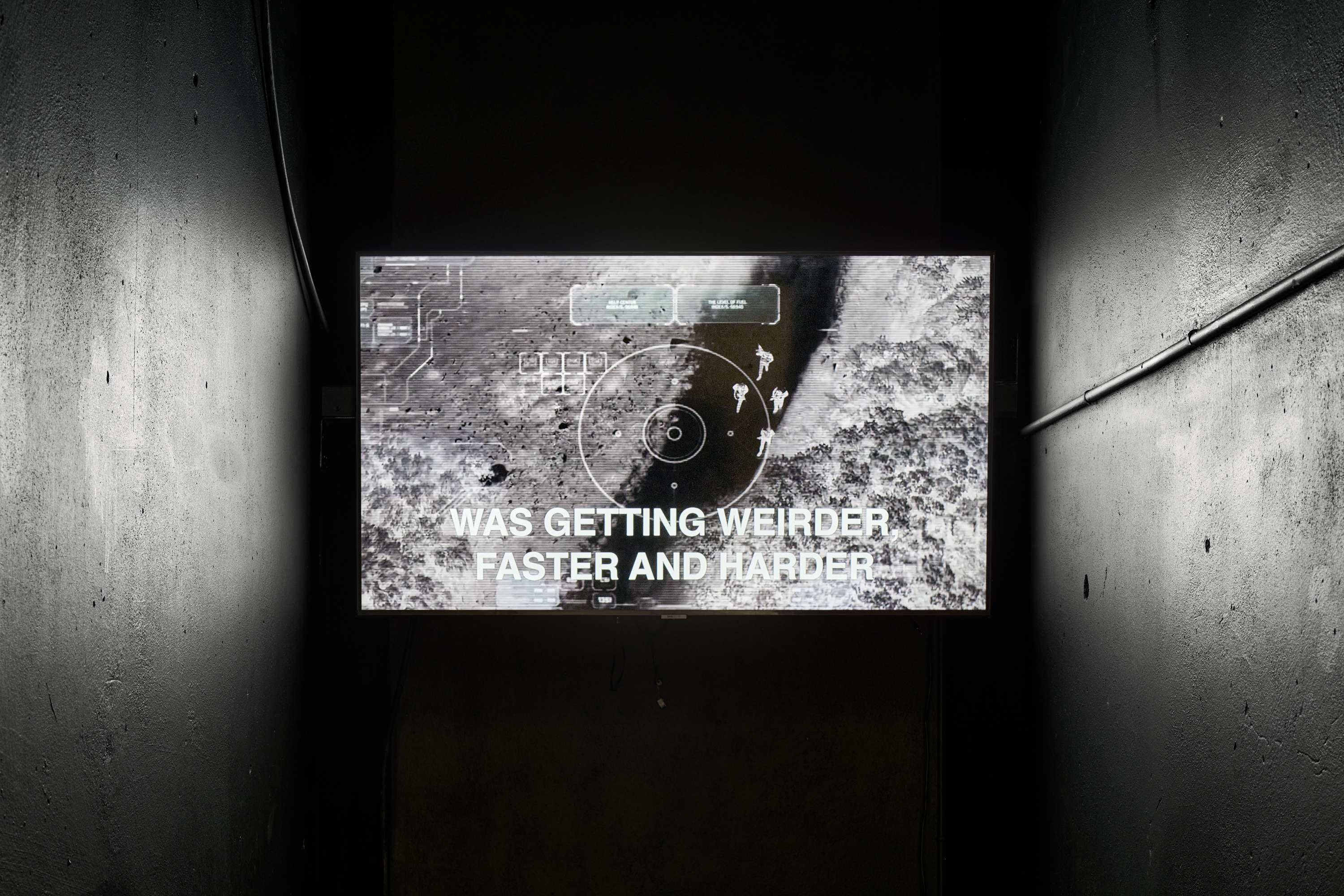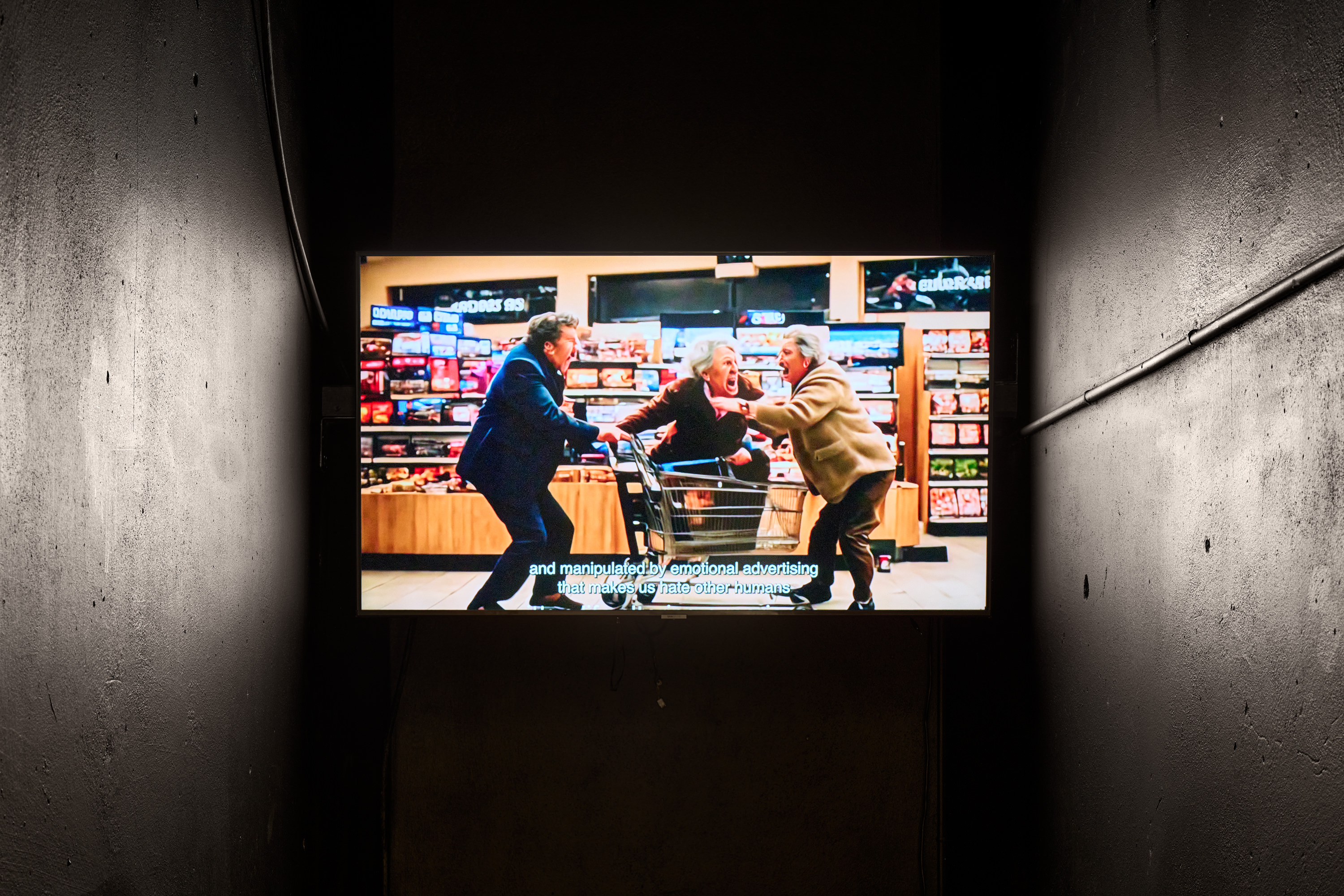Things That Knowledge Cannot Eat
In the past decade, we have been flooded by a pervasive atmosphere of “nonsense.” From the Tide Pod Challenge to sexy rat-men, from US congressional hearings on UFOs to a VR headset design that kills you if you die in-game. We have seen Elon Musk sending his car into space, Grimes reading the communist manifesto in the streets, Trump supporters seizing the Capitol with horns and spears, and the breakdown of global trade caused by a single ship stuck in the Suez Canal. Looking around, reality just gives off an odd vibe – it feels warped, bent, deformed. We are caught in the middle of events spinning so fast that they are nearly impossible to name or grasp. Or, as science fiction writer Bruce Sterling once put it, we are “falling toward earth at nine hundred kilometers an hour” only to "realize there’s no earth there.”
The digital realm and the fabric of our “physical” reality loop together with unexpected pliancy. Our perception of spacetime itself radically shifts in the resulting post-digital, post-media, post-truth, and post-whatever-else era. It is said that, with the internet, we moved from expansion to implosion, but it feels more like both forces now operate as one. Digital images spill into the world with such intensity they make the idea of life “off-screen” sound antiquated. Everything is volatile, and yet we also seem to be jammed feet- deep in something very sticky, dark, and mean. Under this absurd state of entrapped mutability, the tiniest things can swell into tsunamis, propelled by the contradiction between the smooth speed of data and the heavy tentacles of the fiber optic cables hugging the Earth deep underseas. And while a single short video of a 3D animated head lurking from a toilet can mutate into an intergalactic epic, reports of poverty, famine, or even genocide can just as easily be made invisible.
The artworks in this exhibition explore the joint warping of scale, temporality, and meaning, mapping the weird anatomy of today by stretching its antinomies. The commissioned work by the creative duo Robuche (Lou Buche and Javier Rodriguez) peels off the solid surface of the gallery, opening a vortex of unruly images that reflects the shifting perception of space and time in the postdigital age. Another artistic duo in the show, Jakub Hájek and František Hanousek, survey the often overlooked, dirty underside of our “wireless” socio-technical infrastructure: using DIY techniques and scavenged aluminum scrap, they reshape the exhibition space with ironic artistic gestures bordering autonomous practice and exhibition architecture. Theo Triantafyllidis' Radicalization Pipeline presents an endless battle between citizens, soldiers, cops, and fantastic creatures. His project takes inspiration from the storming of the US Capitol on January 6, 2021, using live simulation to play with the entanglements of algorithmic radicalization and fiction – phenomena that increasingly seem to modulate present-day politics. This fading distinction between the “real” and “fictional” is further developed in Silvia Dal Dosso's two-part dive into cursed images in The Future Ahead Will Be Weird AF (The Ultimate AI CoreCore Experience). Narrated by a deepfake of the iconic documentary filmmaker Adam Curtis, the videos channel the joyful melancholia of losing grip on reality. Placing us in the middle of broken AI-generated imagery, civilizational deterioration, and an acid-fueled ASMR session, the work asks: “Will we be able to survive this chaos?” Affirming the insufficiency of words to describe what is going on, performer Tonica Hunter in Ondřej Houšťava's Composition I. embodies the dissolution of language. But the limits of speech are not here to scare us. Instead, they point to a possibility of a deeper layer of expression and experience, one open to asynchronicity and alterity.
We often hear about “a polycrisis,” “post-facticity,” or the world becoming “too complex.” But the truth might be that “things” were always too complicated and that what now feels like a new state of complexity is just the last squeak of the rusty heuristic chain we made to keep an image of the world on a leash. Words were probably never enough. And representation was always faint. But if what we are witnessing is the terminal failure of enlightenment rationality, we can perhaps seize the opportunity to embrace what Delphi Carstens and Mer Roberts (in an essay that gave this show its title) call “uncanny affective becomings, at once slimy and artificial.” Of course, losing “sense” is socially and politically serious, but there is also hope to be found in sensitizing ourselves to the chaotic, messy character of a world full of “the things that knowledge cannot eat.”
Credits:
Theo Triantafyllidis (GR): Radicalization Pipeline (2021), live simulation, soundtrack by Diego Navarro, courtesy the Artist & The Breeder Gallery, Athens
Ondřej Houšťava (CZ) & kolektiv (Lenka Adamcová, Tonica Hunter, Tomáš Košarišťan, Denis Kozerawski, Silvia Sviteková a Gabriela Procházka): Composition I. (2021)
Silvia Dal Dosso (IT): The Future Ahead Will Be Weird AF (The Ultimate AI CoreCore Experience) (2023/2024)
Jakub Hájek a František Hanousek (CZ): Aqua-Ductus 5G (2024); Ferrum-Formis Matrix (2024); Spiritus-Tubus (2024)
Robuche (Lou Buche & Javier Rodriguez) (FR, ES): Amid The Channels (2024); Totally Whirled (2024)
Photo by: Jan Kolský
